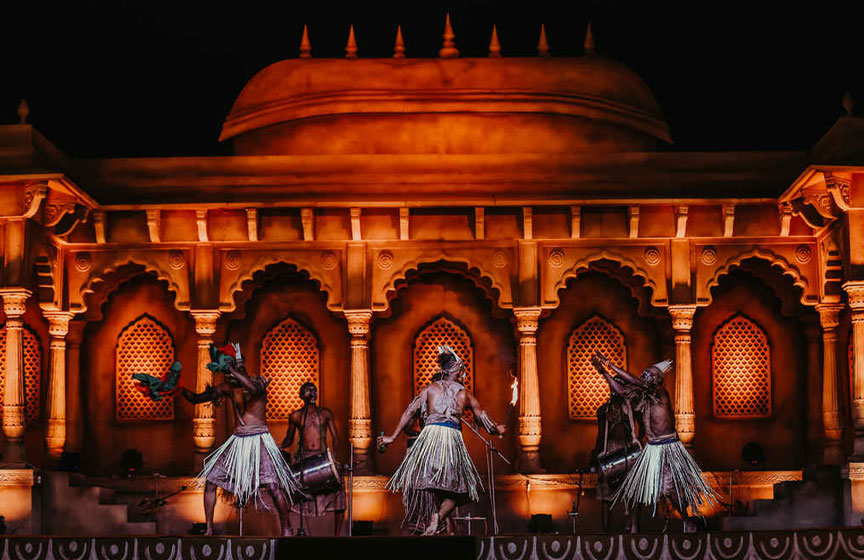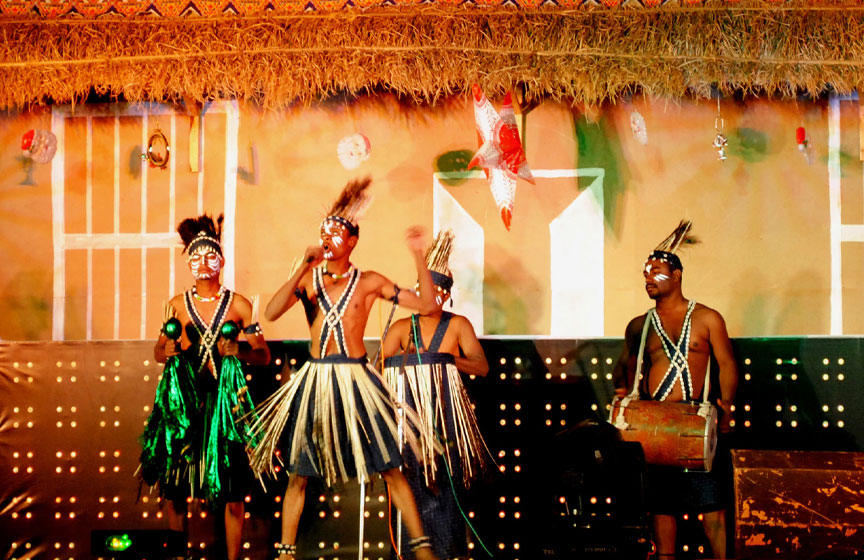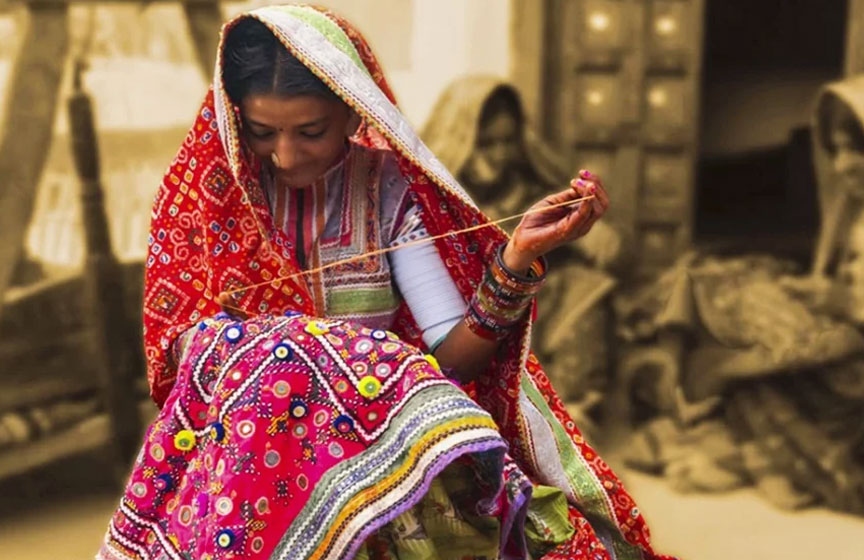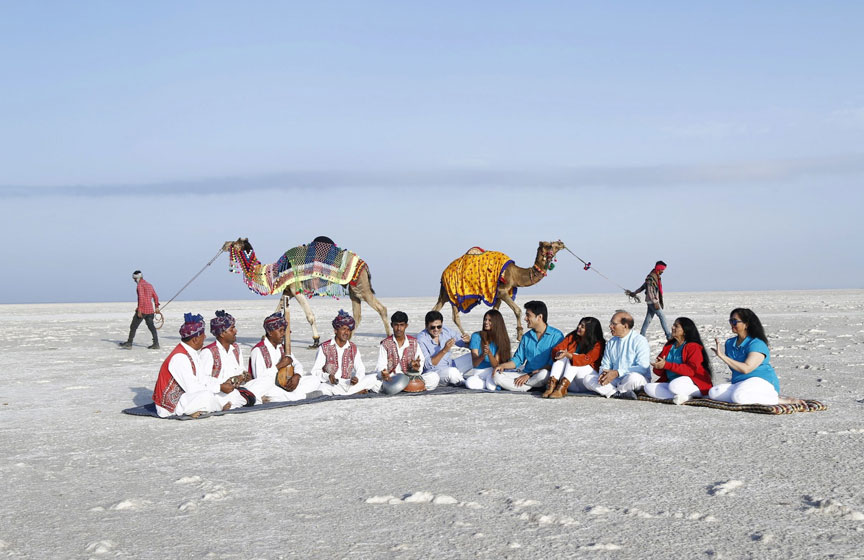Top Cultural Performances at Rann Utsav: A Retrospective Look
Rann Utsav, celebrated in the vast expanse of the White Desert of Kutch, is not just a tourist attraction but a vibrant celebration of the rich cultural tapestry of Gujarat. This annual festival draws visitors from across the globe to witness a spectacle of tradition, music, and dance that paints a colorful canvas against the stark white background of the salt marshes. Over the years, Rann Utsav has showcased a variety of cultural performances that highlight the indigenous culture and artistic expressions of the region. Let's take a retrospective look at some of the top cultural performances that have become hallmarks of this grand festival.
1. Folk Music and Dance Performances

Bhavai Dance:
Bhavai is a traditional dramatic form of folk theatre in Gujarat, often performed at Rann Utsav. It is known for its unique use of pots or 'matkas' that dancers balance on their heads. Performers, usually women, balance as many as eight pots and dance nimbly, often on the rim of a brass plate or a glass, adding a thrilling element of risk.
Kutchi Folk Music:
The soulful strains of Kutchi folk music are a staple at the festival. Musicians use traditional instruments like the Bhorrindo (a type of wind instrument), Manjira (small cymbals), and Morchang (Jew's harp) to create melodies that resonate with the desert's vastness. These performances are not just auditory delights but also connect deeply with the heritage of the region.
Dandiya and Garba
No cultural festivity in Gujarat is complete without Dandiya and Garba, the state's most celebrated dance forms. During Rann Utsav, these dances are performed with great enthusiasm, with participants dressed in colorful traditional attire, making it a visually mesmerizing experience.
2. Tribal Dances and Storytelling

Siddi Dhamal:
FOriginating from the Siddi community of Gujarat, who are descendants of East Africans, Siddi Dhamal is a powerful performance of rhythm and dance. It is characterized by intense drum beats and spontaneous dancing, often performed around a bonfire, creating a mesmerizing nocturnal spectacle.
Halari Dance:
Performed by the Halpati community, the Halari dance is another cultural gem that graces the Rann Utsav. This dance form is usually performed to celebrate a good harvest and involves graceful movements synchronized with folk songs that narrate tales of the community’s daily life and history.
3. Crafts and Artisan Demonstrations

Live Craft Demonstrations:
Rann Utsav also serves as a stage for various artisanal crafts of Kutch. Visitors can watch live demonstrations of pottery, weaving, block-printing, and Kutch embroidery. These crafts are integral to the region’s cultural identity and provide a deeper understanding of the artisanal heritage preserved by local communities.
4. Cultural Parades and Camel Shows

Cultural Parades:
A vibrant parade featuring folk artists, musicians, and dancers is a highlight that showcases the diversity of Gujarat’s cultural practices. Decorated camels and horses, alongside performers in traditional costumes, make this parade a spectacular event for photography and cultural immersion.
Camel Shows:
Camels, decorated with colorful saddles and sometimes painted, are paraded and raced, offering a traditional desert spectacle. These shows not only entertain but also pay homage to the animals that have been vital to life in the Kutch region.
Rann Utsav is a cultural conclave that offers a peek into the soul of Gujarat through its array of performances. Each year, the festival not only celebrates the existing traditions but also evolves to include new elements, making every visit unique. Whether you are a culture enthusiast, a history aficionado, or simply in love with the arts, Rann Utsav promises an enriching and unforgettable experience, making it a must-visit destination on the cultural map of India.
